Switzerland + Italy = Ticino
October 19, 2010, 2 Comments
 A couple of weeks ago I ventured to Ticino, the Italian-speaking canton south of the Alps. I didn’t go for the food (every Swiss town has an Italian restaurant) or the weather (it rained) but because I’d been invited to give a talk about Swiss Watching. Until the NEAT tunnel is finished, it’s a long way to go but worth it. Not just for the talk but because Ticino is a very special part of Switzerland; for one thing it’s the canton with the most public holidays. In addition to the seven recognised nationally, the Ticinese get another eight to enjoy. That’s fifteen in total. I think that’s reason enough to live there; that and being able to practise my Italian.
A couple of weeks ago I ventured to Ticino, the Italian-speaking canton south of the Alps. I didn’t go for the food (every Swiss town has an Italian restaurant) or the weather (it rained) but because I’d been invited to give a talk about Swiss Watching. Until the NEAT tunnel is finished, it’s a long way to go but worth it. Not just for the talk but because Ticino is a very special part of Switzerland; for one thing it’s the canton with the most public holidays. In addition to the seven recognised nationally, the Ticinese get another eight to enjoy. That’s fifteen in total. I think that’s reason enough to live there; that and being able to practise my Italian.
In a country full of anachronisms and contradictions, Ticino is perhaps one of the greatest. This southernmost canton looks, feels, and sounds 100% Italian but is very much part of Switzerland. You can tell it’s not Italy because the streets are clean, the trains run on time and the waiters speak German with some show of willingness. But spend a few hours here and you’ll realise it’s not totally Swiss. Your bus driver is likely to stop mid-route at a bar for a quick espresso; the newspapers read by businessmen in the piazza cafés are Corriere della Sera not the NZZ; an early evening must is the see-and-be-seen passegiata, or languid stroll through town; and every car driver thinks he really is Italian.
It’s a popular place for Swiss Germans. Not only do they get palm trees, blue skies, great ice-cream and shimmering lakes, but they can still use francs, survive without speaking Italian and not worry about pickpockets. Most guidebooks call Ticino, or Tessin as it’s known by the rest of Switzerland, the Swiss Riviera but it’s really the Swiss Jersey: a safe bet for a sunny break without dodgy food or funny money. The big difference is that you can reach Ticino by train. Arriving in Lugano, you truly could be in Italy. Pencil-thin cypresses puncture the skyline, giant salamis hang outside the macelleria and the lakeside road is choked with horn-honking traffic. But to remind you which country you are in, there’s a statue of Guillermo Tell down by the water.
The main attraction in Ticino, other than the scenery and spaghetti, is Swissminiatur, Switzerland’s kitschiest sight. With 121 models of Swiss landmarks, all built to a scale of 1:25, it’s the only place where you can see the whole country in an hour. The detail is there but the geography is a bit suspect; one of Ticino’s loveliest buildings, the Madonna del Sasso church, looks down on a mini Lake Geneva, which is stretching – or actually compressing – reality quite a bit. It’s tacky and touristy, but there’s something gratifyingly spooky about seeing a ‘giant’ (ie normal) sparrow sitting on the Bundeshaus, like something out of a weird Swiss sci-fi B-movie.
 But my favourite thing of all is the local transport in Locarno, which has a great name: Ferrovie Autolinee Regionali Ticinesi. Never mind what it means (Ticino Regional Railway and Bus Services), all you need to know that it’s shortened to a four-letter acronym written in giant letters on the back of buses, on timetables and stations. In Ticino, a FART goes a very long way. Now I wonder if those buses run on gas.
But my favourite thing of all is the local transport in Locarno, which has a great name: Ferrovie Autolinee Regionali Ticinesi. Never mind what it means (Ticino Regional Railway and Bus Services), all you need to know that it’s shortened to a four-letter acronym written in giant letters on the back of buses, on timetables and stations. In Ticino, a FART goes a very long way. Now I wonder if those buses run on gas.

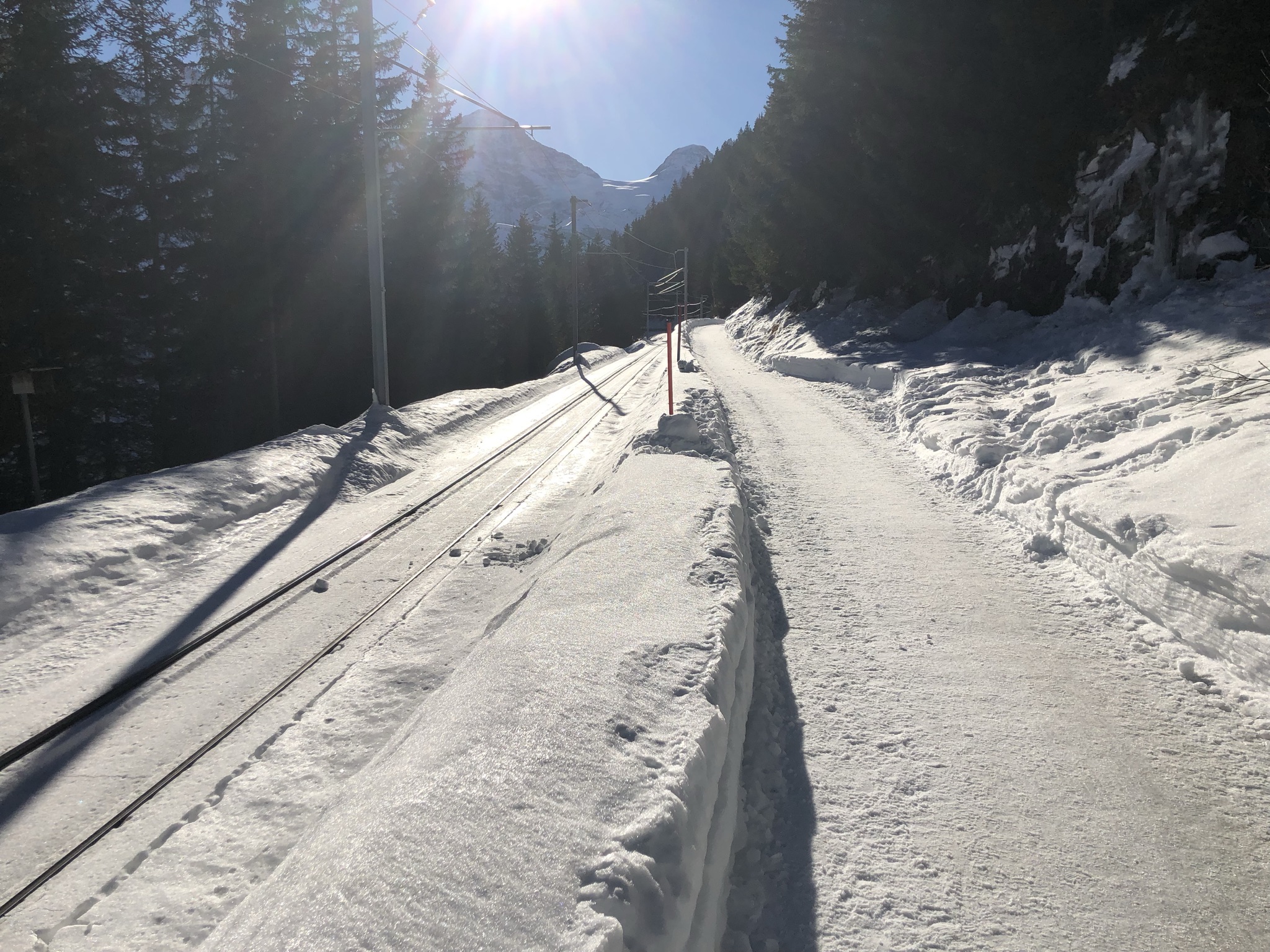
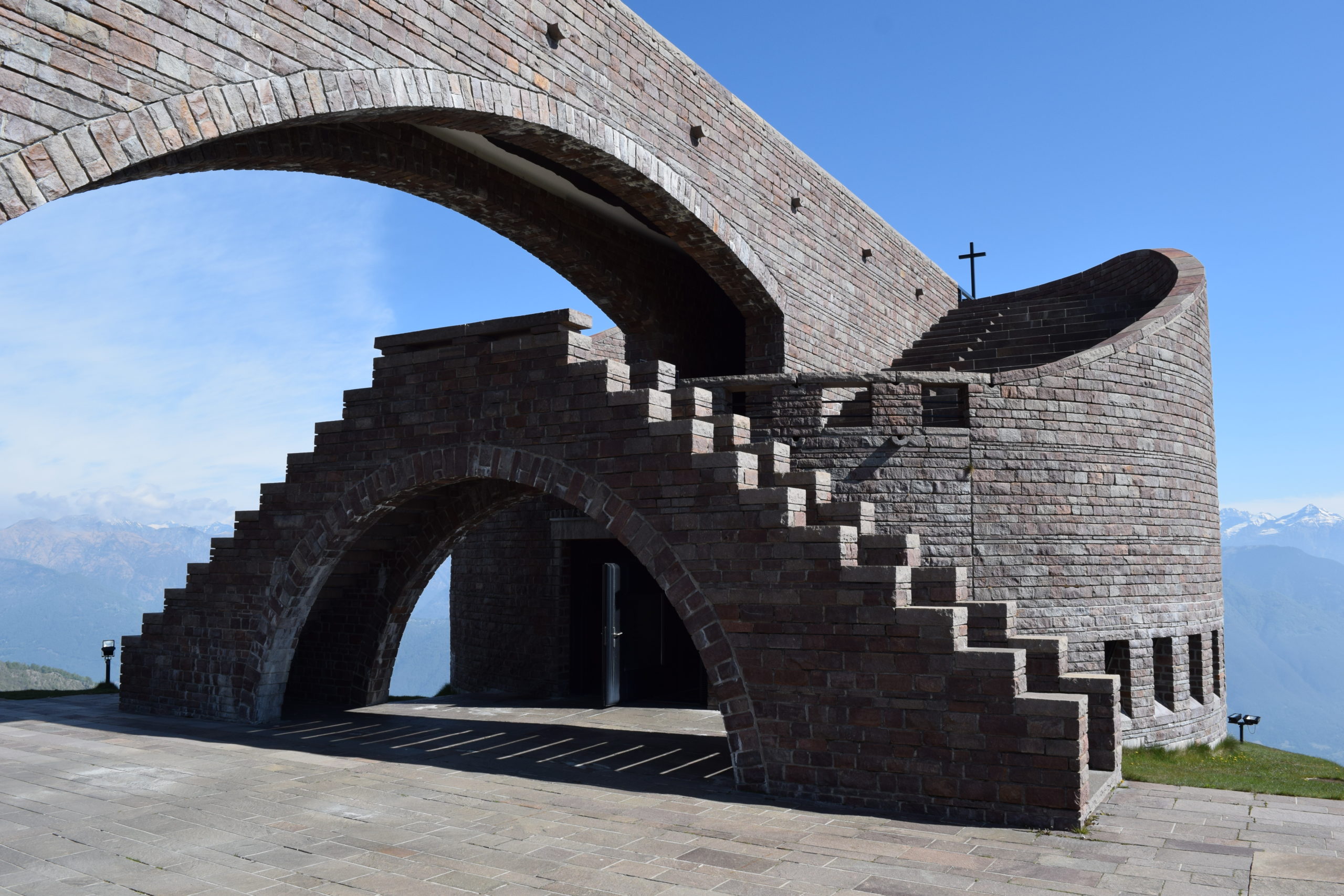
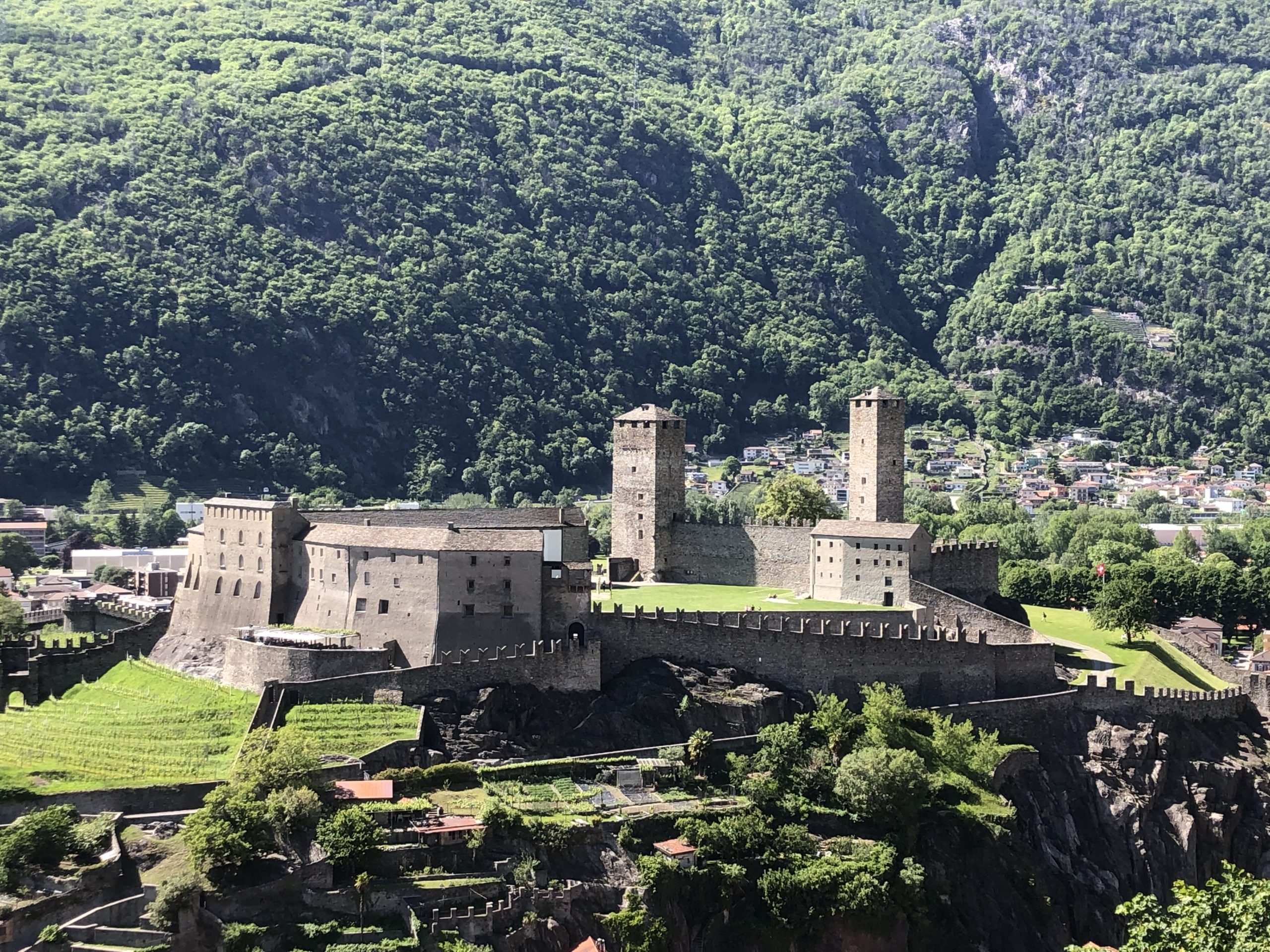
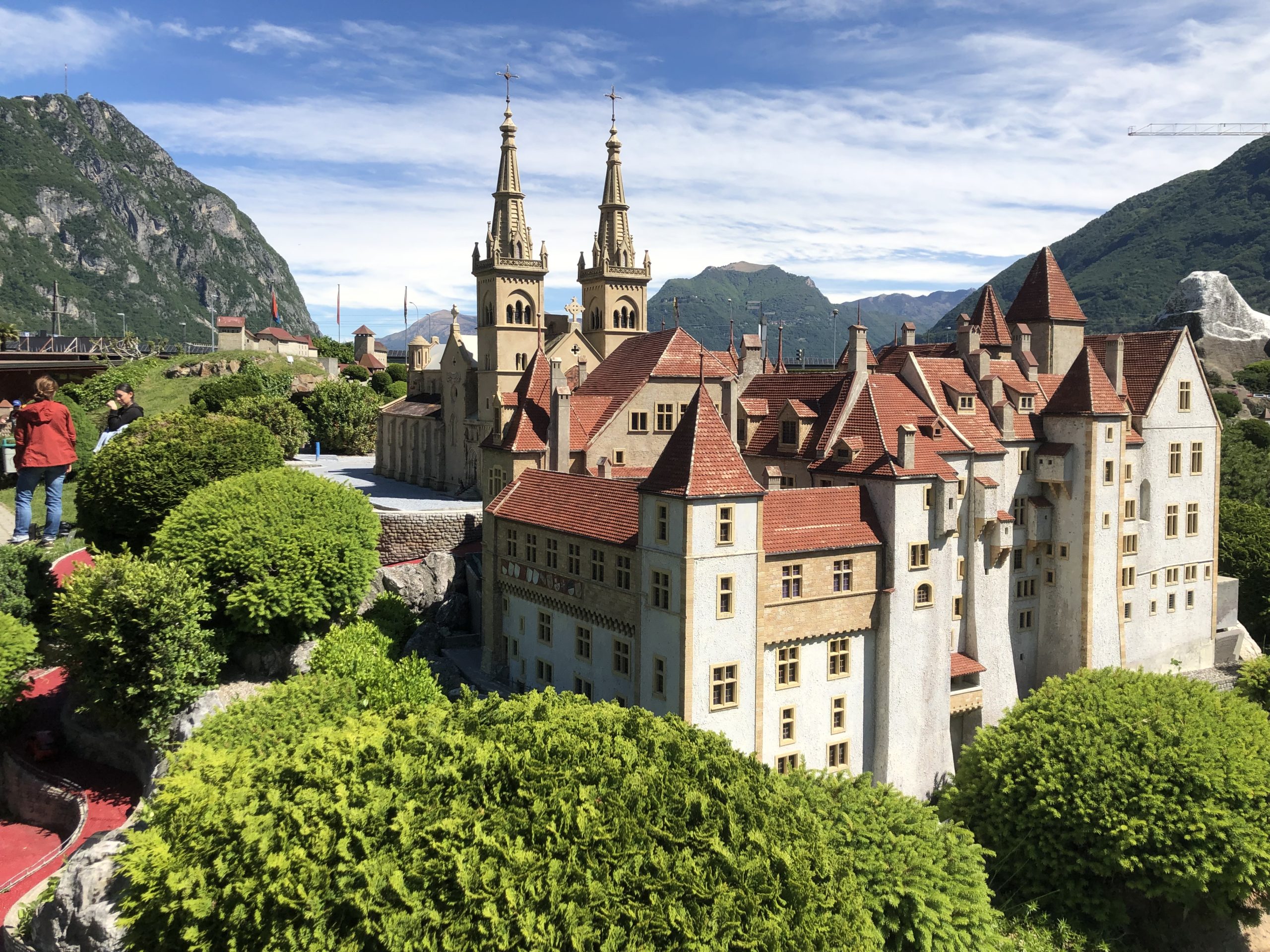
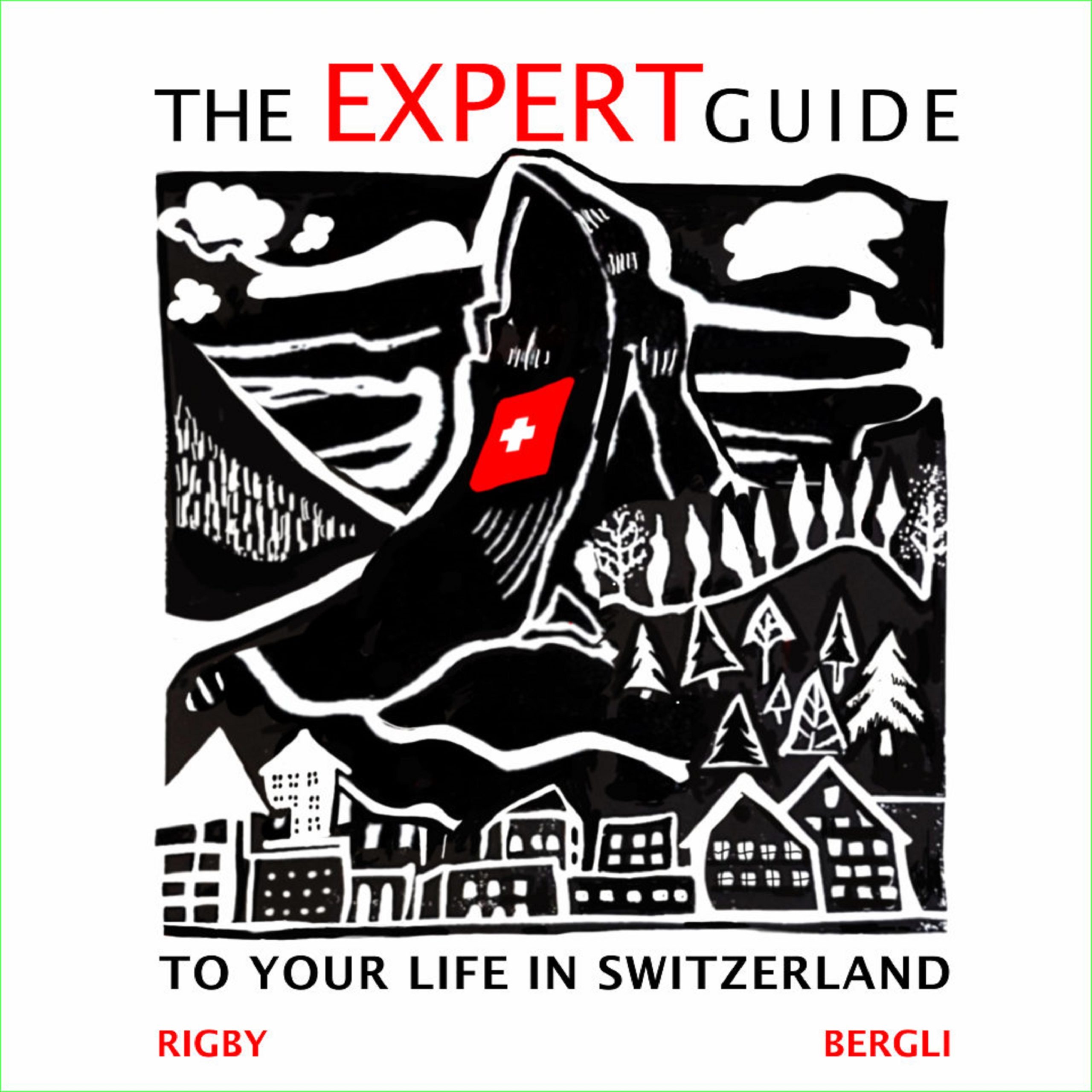
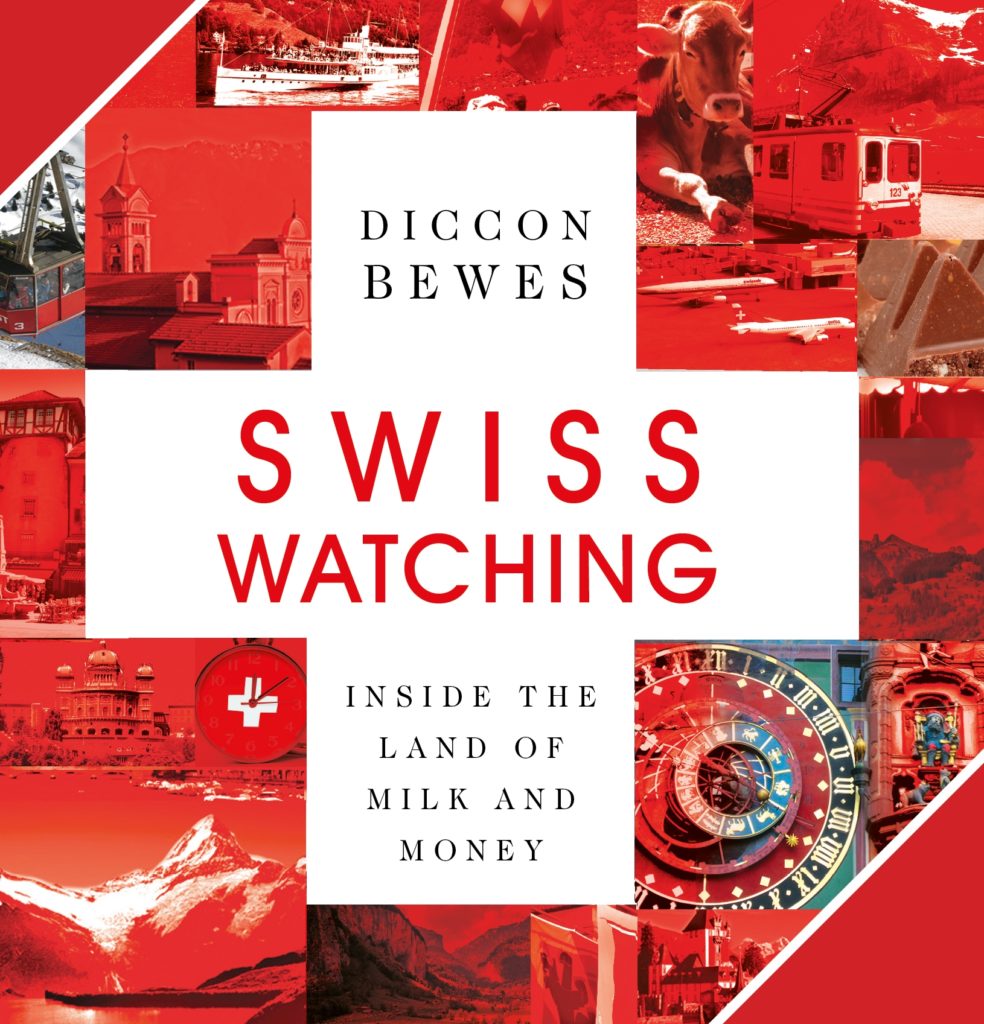
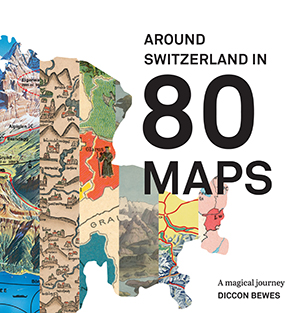
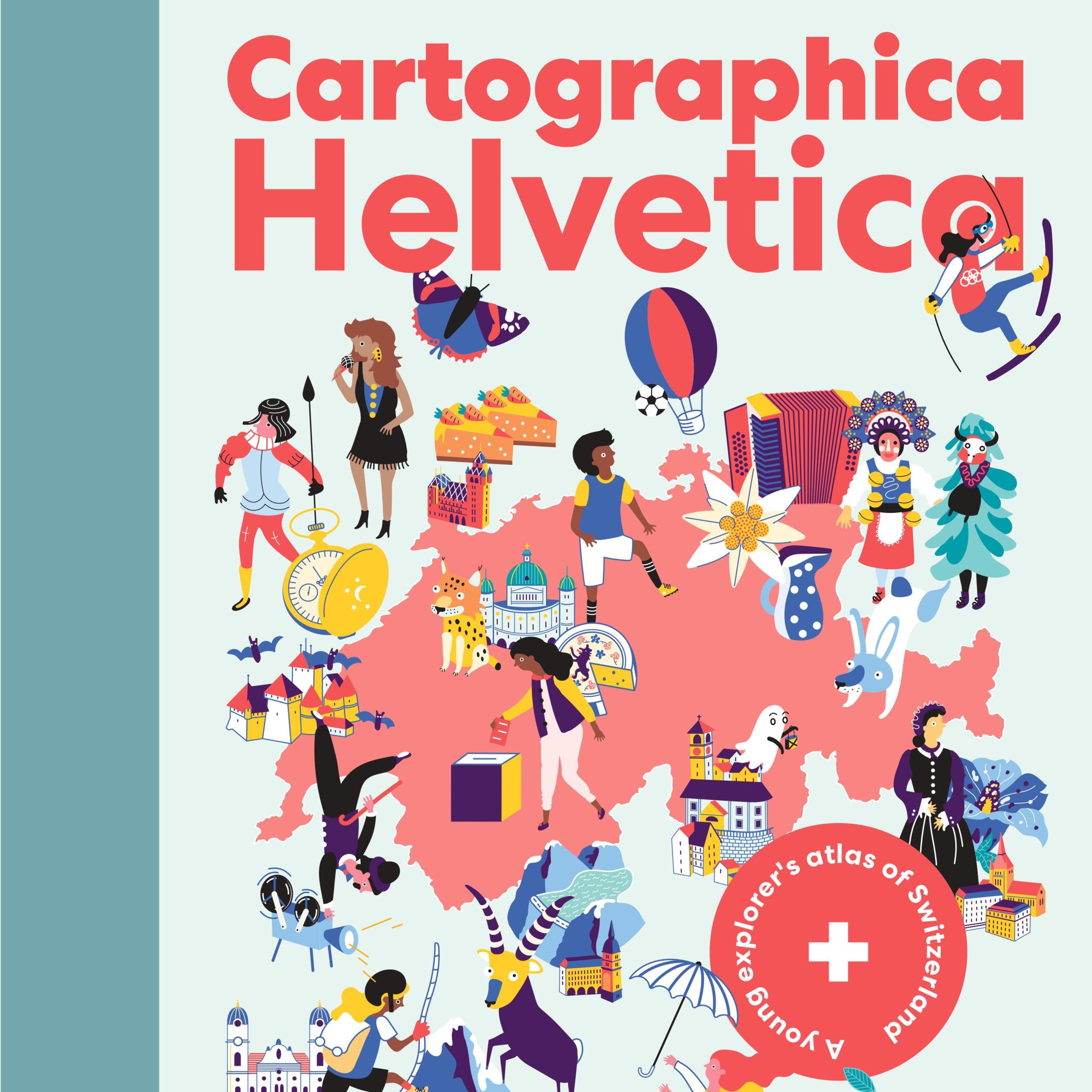
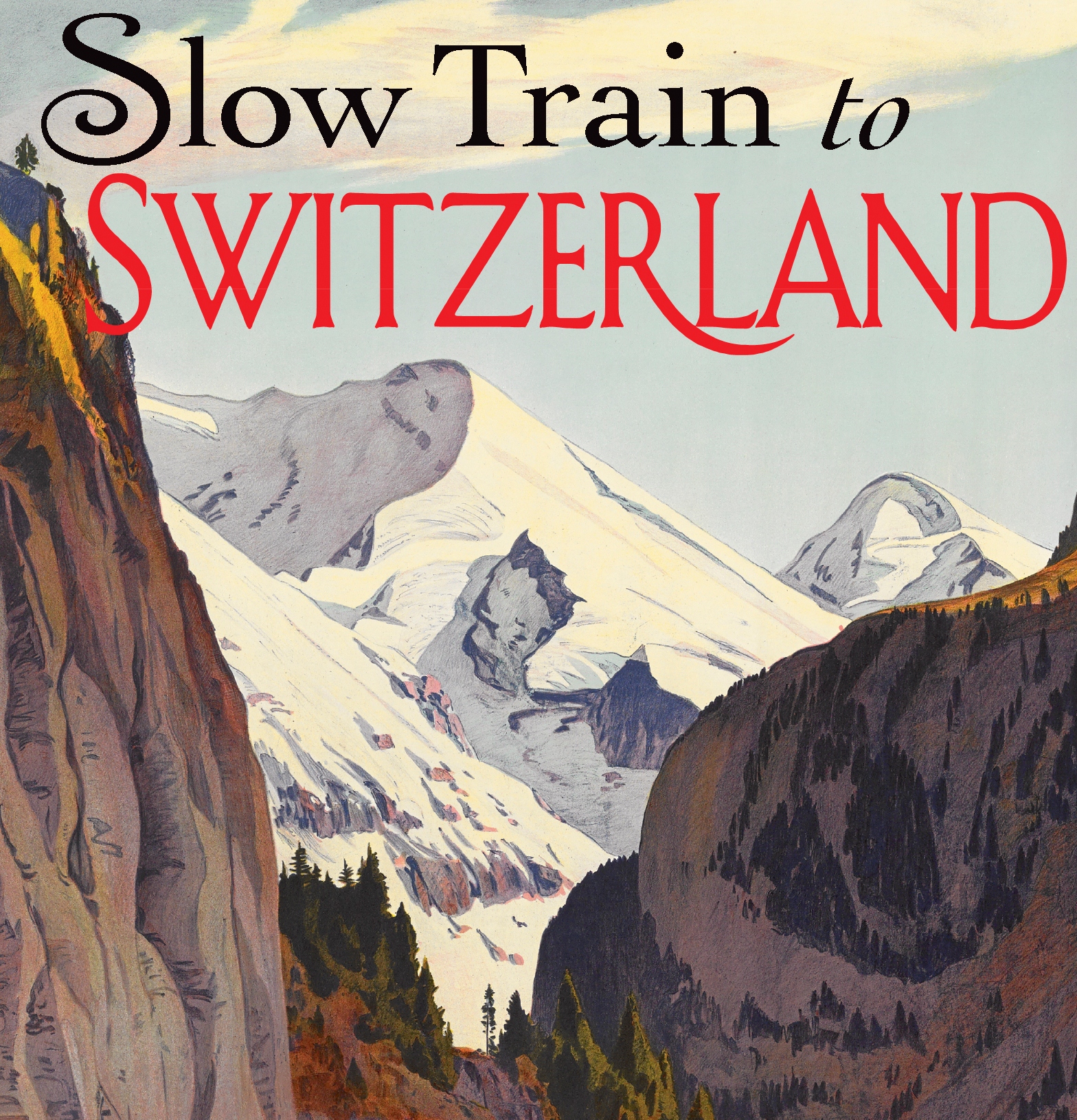
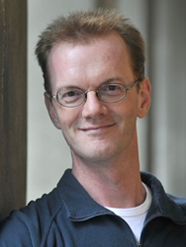
 Follow on Facebook
Follow on Facebook Follow on Twitter
Follow on Twitter Subscribe by RSS
Subscribe by RSS Contact me directly
Contact me directly Global Solutions Inc.
Global Solutions Inc.
2 Comments on "Switzerland + Italy = Ticino"
I chuckled, of course, reading the last paragraph. The ‘of course’ part must give away my native born English speaking status. Might you respond with a parallel example of Swiss based ‘fart’ humor, if such exists?
🙂
Thank you,
Nice posting and glad you enjoyed Ticino. However, if you think that the food here is the same as what you get in Italian restaurants in the rest of Switzerland, you missed out on some very good and special food. Next time try polenta e gorgonzola, ossobuco, brasato, codighe, tagliatelle ai funghi porcini, sorbetto di uva americana, piatto ticinese, carne di capra (in its many variations, including cicitt), cicoria, risotto al formaggio dell’alpe (or the more traditional risotto ai funghi porcini), luganighetta, spezzatino di coniglio, trota in carpione, zabaglione, torta di pane, pasta frolla, fiascia… accompanied by a nice glass of nostrano or a white merlot, and a nocino to end the meal. Here is a comment about a New York Times article that was published last year: http://www.ndb-agency.ch/blog/?p=114.
Ticino has FART, and the German-speaking part of Switzerland has “ausfahrt” and “extra fahrt”. 🙂